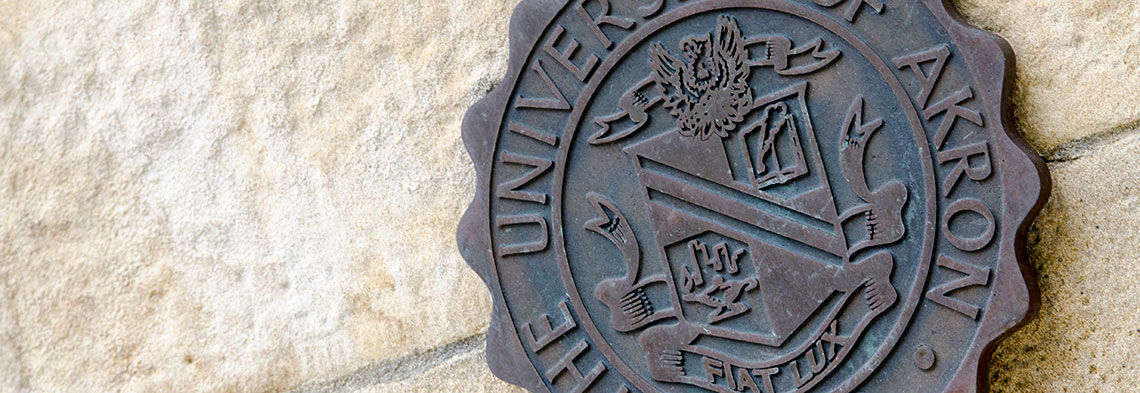Document Type
Article
Publication Date
January 2006
Abstract
This article first briefly summarizes the issues that arise in the lower-court judicial confirmation process, and examines how the issues differ from those that arise during the confirmation of Supreme Court justices. The article considers constitutionally-based differences as well as practical differences in Senate and Executive behavior that have developed during more than two centuries of judicial confirmations.
The body of the article offers a chronological history and critique of the rhetoric of both Republican and Democratic senators in discussing lower-court confirmations during the 107th Congress. This congressional session, spanning the years 2001 to 2002, was a particularly interesting one for examining the lower-court nominations process. Much the rhetoric of the 107th Congress relies upon comparisons of then-current nomination success rates to earlier judicial confirmation rates from the Carter, Reagan, Bush I, and Clinton presidencies. Thus, by carefully analyzing the claims of senators concerning judicial appointments during the first Congressional term of Bush II’s presidency, the article is able to survey more than twenty years of Senate behavior with respect to lower-court confirmations. In doing so, the article identifies a number of “confirmation process fallacies” that senators have repeatedly relied upon in their efforts to score political points on confirmation issues. It also explains some “confirmation process relevancies” in hopes that future debates can be grounded in important considerations rather than trivial and irrelevant ones. Because the lower-court “confirmation mess” is sure to return to prominence in the Democrat-controlled Senate that will be constituted in early 2007, and following the 2008 presidential elections and beyond, the author hopes that the article will help establish a baseline for arguments about delays in the confirmation process, particularly when the White House and Senate are held by different political parties.
Finally, the article offers some brief thoughts on which procedural aspects of the current judicial confirmation process likely contribute most to the problem of delay, and whether anything can, or even should, be done to modify those procedures.
Publication Title
Journal of Law & Politics
First Page
341
Last Page
394
Recommended Citation
E. Stewart Moritz.,"'Statistical Judo': The Rhetoric of Senate Inaction in the Judicial Appointment Process," 22 Journal of Law & Politics 341 (2006).


